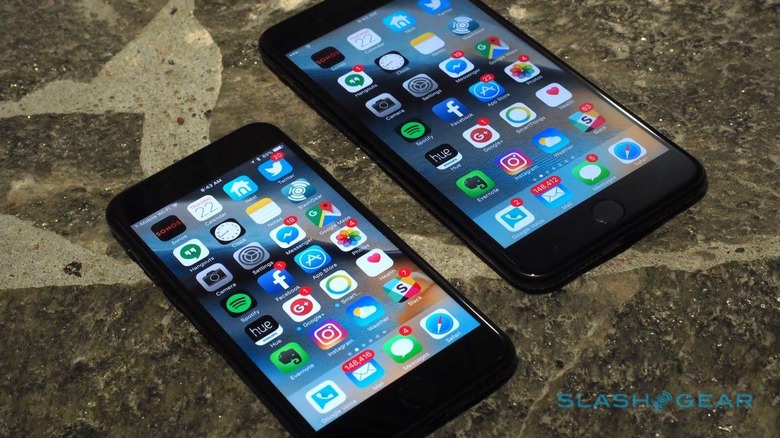One Of iPhone's Key Display Suppliers Is Investing Big In OLED
With Apple widely rumored to finally switch to OLED in next year's iPhone 8, one of the company's primary suppliers is reportedly making big investments in the display technology. Although so far Apple has stuck with LCD panels for the iPhone, that's reportedly set to change next year with its new flagship. Now, Japan Display is said to be reacting to the shifting market with a big acquisition.
The company is reportedly preparing to acquire fellow Japanese display manufacturer Joled. Created at the beginning of 2015, it's the combined organic light-emitting diode businesses of Panasonic and Sony, which merged to better position its low-cost production technology for the displays. Now, it's one of two remaining Japanese screen producers.
Currently, Japan Display owns 15-percent of Joled, but according to a report in the Nikkei that is set to rise to more than 50-percent by the end of 2017. Currently, the state-backed Innovation Network Corp. of Japan (INCJ) owns 75-percent of Joled, while Panasonic and Sony hold just 5-percent each. According to the paper, the deal will cost Japan Display more than $100m.
Meanwhile INCJ – which is also Japan Display's leading shareholder – will supposedly pump the equivalent of $650m into Japan Display's business. That's earmarked for LCD and OLED development, with the goal of boosting production and making the whole thing more efficient. Joled currently focuses on mid- to large-scale OLED panels, though its technology could well assist Japan Display in making smartphone-scale panels in a more cost-effective manner.

Even without Apple and the next-generation iPhone as motivation, there are other good reasons for Japan Display to increase its footprint in OLED technology. The company, itself formed in 2012 after the panel businesses of Hitachi, Sony, and Toshiba joined forces, has seen its profits struggle amid an inability to cut LCD production costs. Throw in lower-than-expected orders for its iPhone 7 displays this year, and it's potentially facing its third annual net loss in a row.
South Korean rivals like Samsung and LG Display have shown little hesitancy in picking up any slack their Japanese counterpart has left, capitalizing on the power efficiency benefits, generally punchier colors, and other advantages OLED has over LCD. Those benefits haven't been lost on Apple, either, which used OLED for the display on the Apple Watch.
Now, that change is believed to be coming to the iPhone, which remains Apple's big cash-cow. The next iteration of the phone is believed to be switching to OLED, potentially even taking advantage of the screen technology's support for flexed substrates in the form of a curved iPhone 8 display. Samsung has already used such technology for its Android smartphones, and is known to be working on OLED-based devices that not only are curved, but can actively be folded or rolled by the user.
NOW READ: iPhone 8: What we already know
That's unlikely to arrive in any mass-market form any time soon, but an OLED iPhone 8 makes plenty of sense as the company hunts down every possible area in which it could save on power. Another of OLED's advantages is the thinness of its panels: since each of the pixels is its own source of light, it doesn't require a separate backlight as LCD does. That could help keep future iPhone handsets slim and their displays bright, while still providing room for larger batteries.
SOURCE Nikkei
